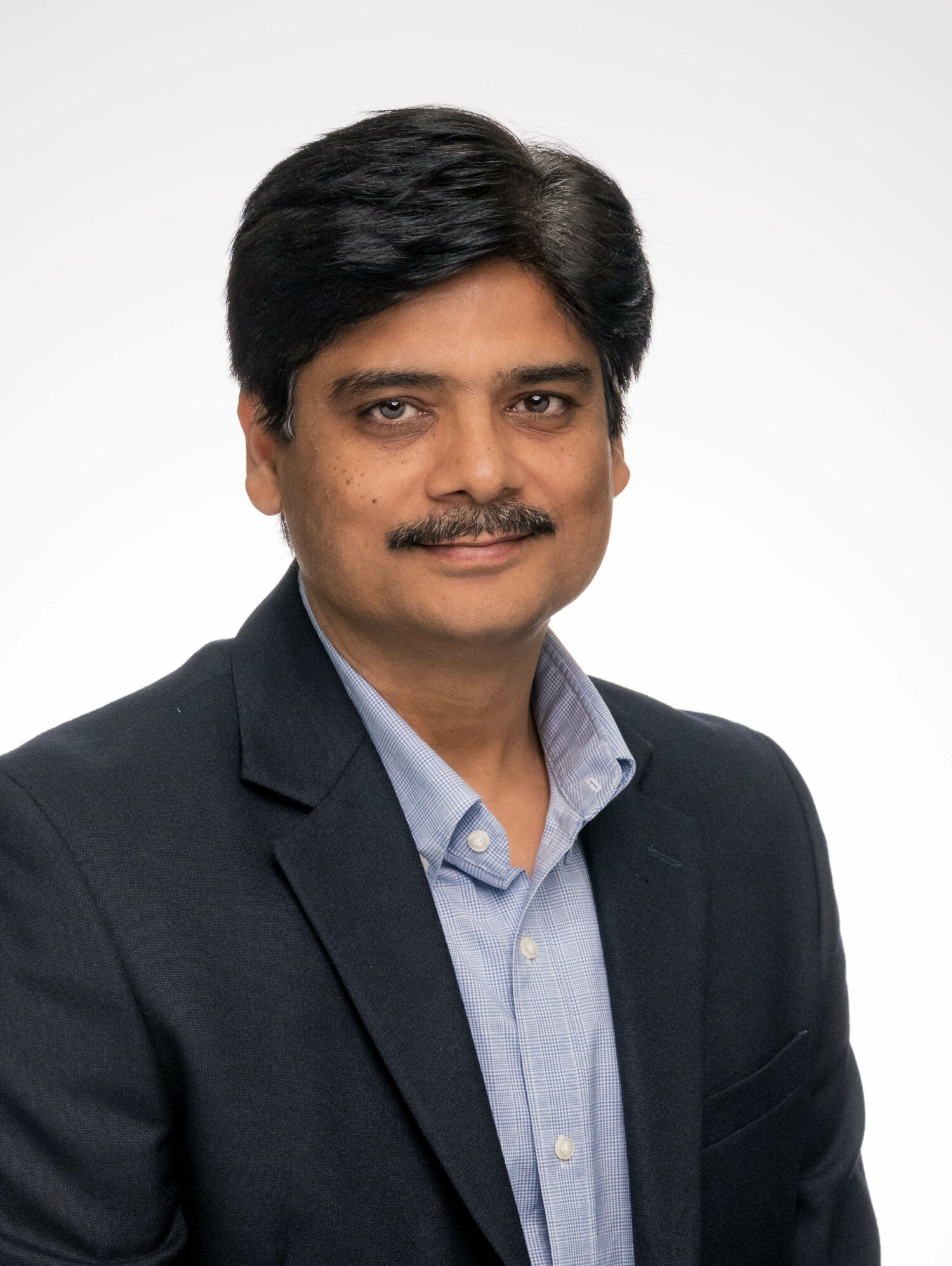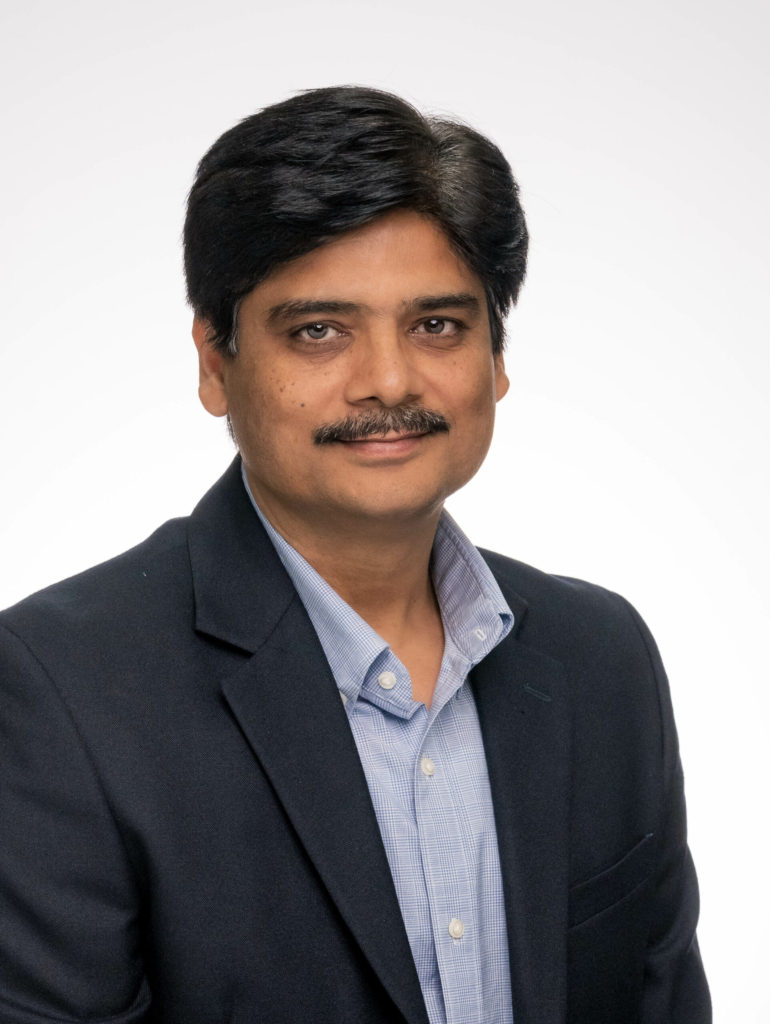
With its rapid adoption, 5G technology has the potential to completely revolutionize customer experiences and boost revenue in the life science industry.
Accenture research found that companies which invest in 5G capabilities will grow revenue 2.5 times faster in the next three years. And the life sciences industry is taking notice – according to a survey by HFS Science, the healthcare industry is positioned as the second-largest market for adopting 5G technology. PwC predicts that 5G-compatible devices will soon be utilized to monitor bed occupancy levels, track the movement of healthcare professionals (HCPs) and patients within hospitals, and even wearable medical devices among other exciting uses.
Organizations need to start in right earnest to ensure that their current and future projects are 5G-ready, or designed with 5G capabilities.
Advanced Medication Adherence: Deliver Frictionless Health Outcomes
One of the biggest challenges in healthcare has been ensuring that patients take their medications as prescribed, which can have a significant impact on their overall health outcomes. 5G has the potential to make a real difference in this area.
This is possible via:
1. Increased bandwidth enabling high-quality video to be streamed in real time: With 5G-aided high-quality video, patients can receive feedback from healthcare professionals in real time and engage more effectively using interactive teleconsultations.
2. Ease of installation of SIM-based technology versus other solutions (e.g., Bluetooth/Wi-Fi): Compared to solutions like Bluetooth and Wi-Fi, SIM-based technology (physical or eSIM) is often easier to install and use because it doesn’t require pairing or configuring with other devices. This ease of setup can simplify the interactions between HCPs and patients, and increase overall medication adherence.
Revolutionize Collaborative Healthcare: Next Generation HCP Engagement and Knowledge Sharing Tools
5G technology can also facilitate collaboration and training among healthcare professionals. With high-quality HCP engagement platforms that incorporates interactive, collaborative toolsets, HCPs can connect with their peers, as well as specialists from around the world, share expertise and knowledge, and consult on complex cases.
For example, multidisciplinary teams of HCPs can come together to discuss complex cancer cases in a fully virtual environment. They can review diagnostic images, pathology reports, and treatment plans collaboratively, ensuring comprehensive and well-informed decision-making for the best possible patient outcomes.
HCPs can access the latest medical documents, research papers, webinars, and interactive trainings seamlessly, even while they are on the go, supporting continuous learning and professional development with convenience and flexibility. This unrestricted access to up-to-date information empowers HCPs to stay informed about emerging medical advancements and make evidence-based decisions for their patients.
Power Remote Patient Monitoring and Virtual Visits
Consumers find themselves increasingly dissatisfied with the inconvenience and long waiting periods experienced when visiting doctors. From an Ericsson report, 39 percent of chronic patients prefer online consultations to face-to-face meetings. As a solution, 5G can play a significant role in remote patient monitoring and virtual visits, reducing the need for in-person visits for various healthcare settings.
This is especially useful services for patients who are in remote or underserved areas and have limited access to healthcare resources. For example, ultrasound images can be transmitted real-time, allowing for immediate interpretation and diagnosis. Even in the field of psychiatry, specialists can conduct assessments and sessions through 5G-enabled telepsychiatry platforms.
According to the same report, nearly two out of three consumers consider wearable devices that monitor and administer medication to be crucial for effectively managing chronic illnesses, which in turn can result in fewer doctor visits.
With 5G’s low latency and high bandwidth, large amounts of data from remote devices like fitness trackers and smartwatches can be transmitted in real time. This allows healthcare professionals to monitor a patient’s condition more effectively and deliver efficient treatment, all while minimizing the risk of infection exposure and optimizing healthcare resources.
Accelerate Generative AI/ML Adoption for Enhanced Clinical Interventions
According to a recent MCU study, medical errors cost the life sciences industry $20B a year. With 5G accelerated generative artificial intelligence and machine learning for enhanced clinical interventions, life sciences organizations can leverage technology to improve the collection and transmission of critical data that can help stem this outflow.
As more data is collected and transmitted, these models become more robust and effective in identifying patterns, predicting and improving potential health outcomes, and reducing healthcare costs.
5G-Enabled Clinical Trials
According to Oracle research, launching a new drug is a time-consuming process that can take an average of 15 years and $2.6B, and clinical trials are a significant contributor to this timeline. Additionally, 86% of trials do not meet their recruitment goals. With 5G, life sciences organizations can adopt decentralized clinical trial methodologies that democratize and streamline enrolment.
Remote monitoring devices can gather real-time data on participants, including vital signs, medication adherence, and other health indicators. This data can be transmitted directly to the pharmaceutical company for analysis, eliminating the need for the data to be collected at a central location.
A significant advantage of 5G enabled trial monitoring is the ability to intervene quickly if any adverse effects are noticed. Real-time data collection can help researchers and clinicians identify adverse reactions earlier, allowing for prompt intervention and potentially preventing serious health consequences. This could ultimately lead to faster development and approval of new drugs, as well as improved participant safety.
Additionally, 5G can also significantly reduce the time and cost associated with conducting clinical trials. By eliminating the need for participants to visit a medical facility for data collection, remote monitoring can reduce the burden on participants.
5G’s Advanced Security Safeguards Shield PII and PHI
With 5G, security and privacy are built into the design of the network. This means that Personal Health Information (PHI) transmitted over 5G networks is protected by advanced encryption, making it highly secure and resistant to hacking attempts. This enhanced security and privacy can help boost consumer confidence and willingness to share their PHI with healthcare providers for monitoring their health in real time.
Transform Patient Experiences with Virtual and Augmented Reality
With VR and AR technology, patient education takes on a whole new level of immersion and personalization. Through interactive simulations, patients can visualize complex medical concepts and treatment options, fostering understanding and informed decision-making. Personalized virtual scenarios cater to individual needs, promoting adherence and self-efficacy.
Healthcare professionals can receive advanced training and education in a virtual environment. This can help providers learn new techniques and procedures more efficiently, reducing training time, travel, and resources.
Conclusion
The impact of 5G on life sciences will be revolutionary, bringing significant changes to everything from patient monitoring to data analysis, artificial intelligence, and machine learning. The possibilities for incremental breakthroughs and better medical outcomes are huge. It is crucial for life sciences organizations to act now and embrace 5G, or risk missing out on current as well as future opportunities.
About Ravivrat Pandey
Ravivrat Pandey is the Associate Vice President at Indegene, a digital-first, life sciences commercialization company helping biopharmaceutical, emerging biotech and medical device companies develop products, get them to the market, and grow their impact. Ravivrat Pandey is a digital experience and marketing technologies leader with over 25 years of experience across strategy development, solution architecture, CoE incubation & growth, digital program delivery, and technology consulting for leading pharma, retail, and banking organizations.

